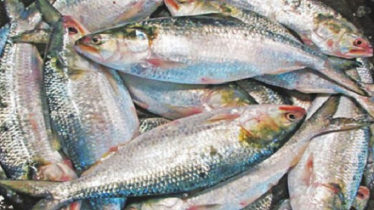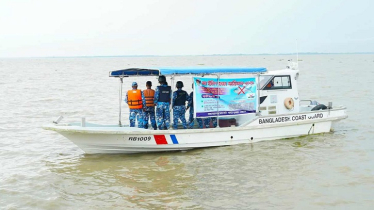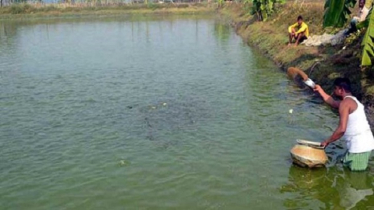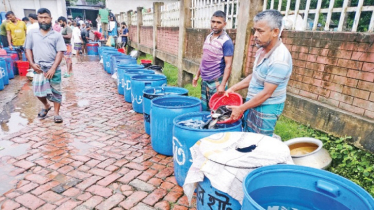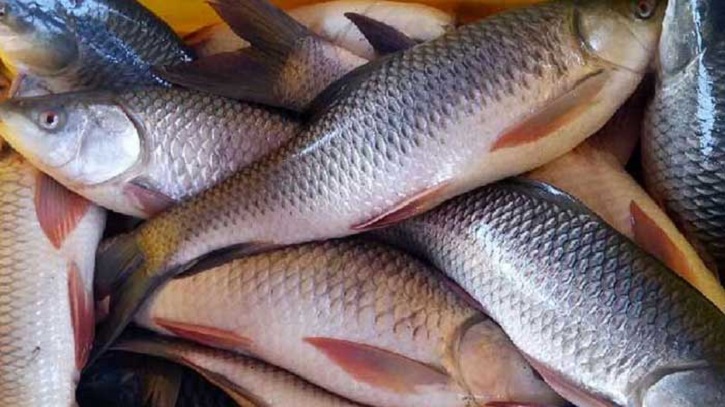
Selecting the right pond is crucial for successful fish farming, as not every pond is suitable for all species. Open ponds with sufficient sunlight and air circulation are ideal for cultivating carp varieties as well as pabda, gulsha, and shrimp.
Fish farmers often identify and treat diseases based on visible symptoms. One of the key diseases affecting carp species is Mixo-boliasis, which farmers should be familiar with for effective management.
Mixo-boliasis primarily affects carp species such as catla. The disease is caused by a single-celled organism from the Myxobolus genus, which forms white or light-brown round cysts on the gills of infected fish. Over time, these cysts cause lesions and gill decay, leading to breathing difficulties. Infected fish exhibit restless swimming behavior and gasp for air, often resulting in high mortality during the night.
No direct treatment for this disease has yet been discovered. However, applying one kilogram of lime per decimal of pond water helps improve water quality by reducing acidity. This creates an unfavorable environment for the parasites, eventually eliminating them and helping the fish recover.
As a preventive measure, farmers are advised to apply one kilogram of lime per decimal during pond preparation. This practice purifies the pond soil and significantly reduces the likelihood of Mixo-boliasis outbreaks in the upcoming farming season.


